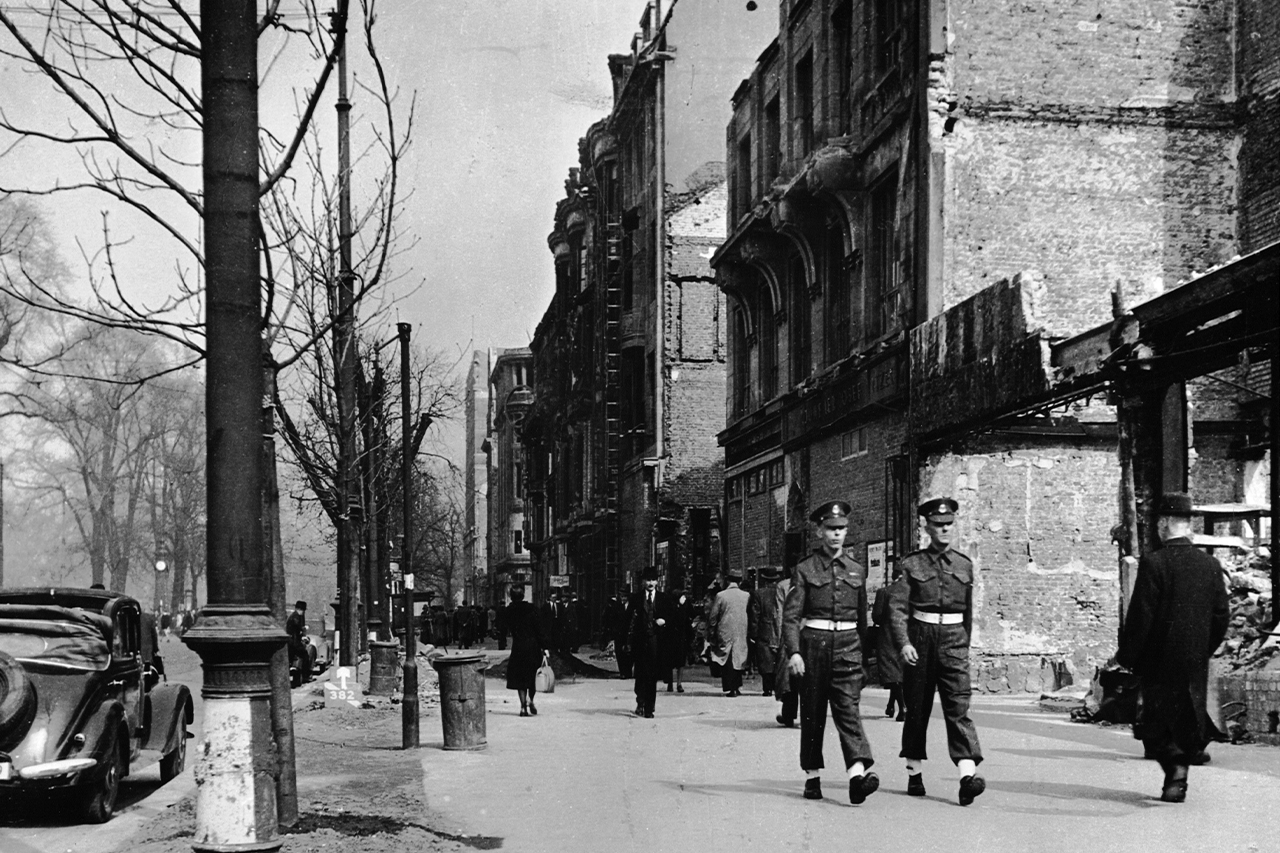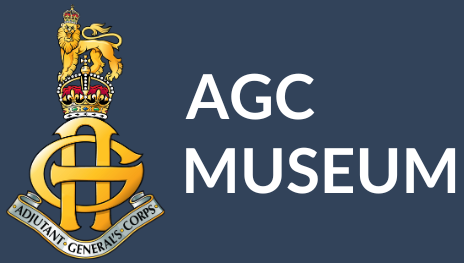
HISTORY OF THE MILITARY POLICE
Since the Middle Ages, responsibility for maintaining discipline among soldiers has fallen to the Provost Marshal. With the establishment of a standing army in the 1800s, individual units policed themselves with the use of Provost Sergeants. This system was open to abuse, so in 1813, Wellington ordered the creation of the Staff Corps of Cavalry to act as a Police force within the whole army at home and on campaign until it was disbanded in 1818. The short-lived Mounted Staff Corps – formed from civilian policemen from the Metropolitan Police and Royal Irish Constabulary – served in the Crimea. To police the 20,000 strong garrison of Aldershot, the Military Mounted Police (MMP) was formed in 1855. In 1882 the Military Foot Police (MFP) was created – once more drawing men from Army Reservists in the Metropolitan Police. Like their Napoleonic forebears, they served both at home and on campaign – most notably in Egypt and South Africa.
In August 1914, 235 Reservists were recalled to the Colours to join the 526 men then serving with the MMP and MFP on the outbreak of the First World War. By November 1918, over 16,500 men had been transferred into the Military Police, together with many thousands more temporarily attached to them. Their duties involved traffic control, maintaining discipline and good order among the troops, detecting crime and manning straggler posts to deal with the large number of troops who had become detached from their own units. A detective branch was created, and a number of MPs were detached for plain clothes work. During the War, the Military Police had served in every Theatre of War, losing more than 380 men during the conflict.
In 1926 the MMP and MFP amalgamated to form the Corps of Military Police (CMP). They had policed the peace in post war Germany as part of the British Army of the Rhine, and would go on to serve in deployments world-wide from India and Egypt to Shanghai. The experience of traffic control in wartime led to the early adoption of motorcycles – by the mid-1930s, motorcycle skills became an important part of MP training, and would continue to be so for many decades.
From a strength of 3,000 men in 1939, the size of the Crops grew to over 50,000 by August 1945. Specialist units were created – the Special Investigation Branch, formed in 1940 from detectives seconded from the Metropolitan Police, would deal with serious crimes committed by or against serving personnel. The Para Provost would drop on D-Day and at Arnhem. The Bluecaps of the Vulnerable Points Wing would guard vital installations and provide close protection duties as well as battlefield POW cages. The Auxiliary Territorial Service (ATS) Provost would see female Military Police dealing with the large number women called up to serve in uniform.
Often the first in and last out, the work of the CMP was honoured in 1946 with thr granting of the “Royal” prefix. In the numerous “small wars” since 1945, the RMP has provided operational support to the Army, as well as assistance, advice and information services to both the military and the public. The Royal Military Police have their own Accredited Museum, located in Southwick Park near Portsmouth. Please see the Useful Links page for further information.



